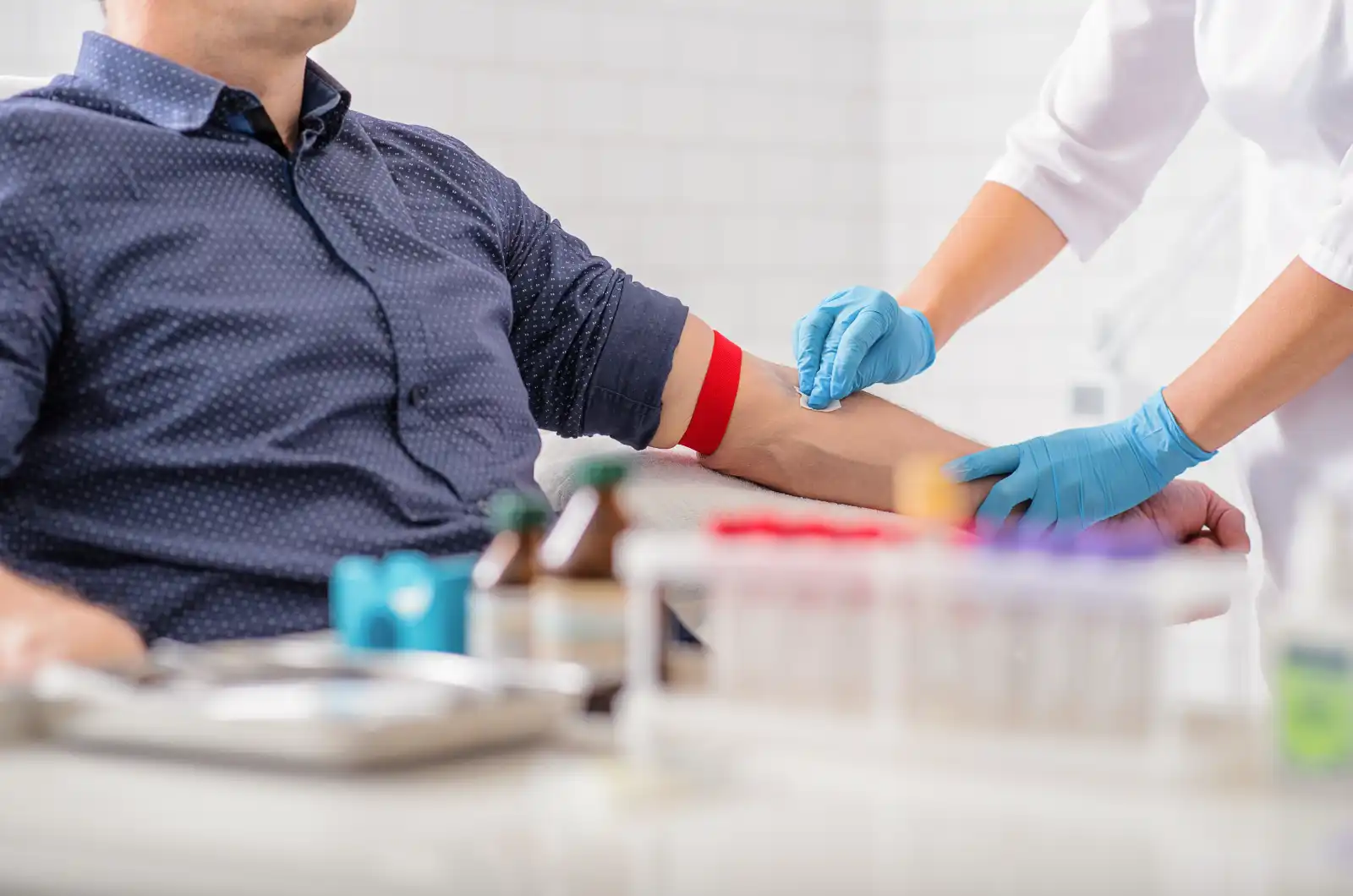PATIENT SERVICES
NHS Pharmacy
First

Expert Healthcare Advice Without a GP Appointment
At M&D Green Pharmacy, we’re proud to offer NHS Pharmacy First Scotland, a free NHS service providing expert advice and treatment for minor illnesses and common conditions.
Your local pharmacist is the first point of contact for minor health concerns. No appointment is necessary—simply visit any M&D Green Pharmacy, and our trained pharmacy team will:
- Assess your symptoms
- Offer Expert Advice
- Provide NHS-approved medication (if required)
- Refer you to a GP, dentist, optometrist, or another NHS service if necessary
You can use NHS Pharmacy First Scotland if you are registered with a GP in Scotland or living in Scotland. If you're unsure, our team is happy to help.
What Can We Help With?
Our pharmacists can advise on and treat many common conditions, including:
- Skin conditions: Acne, eczema, impetigo, warts, verrucas, insect bites, cellulitis
- Pain & discomfort: Headaches, backache, period pain, haemorrhoids
- Cold & flu symptoms: Sore throat, blocked nose, cough, earache
- Allergies & infections: Hay fever, thrush, UTIs (in women), cystitis
- Digestive issues: Indigestion, diarrhoea, constipation
- Other conditions: Athlete’s foot, cold sores, threadworms, head lice, shingles, mouth ulcers
Find your nearest M&D Green Pharmacy today and get expert care without waiting for a GP appointment.









